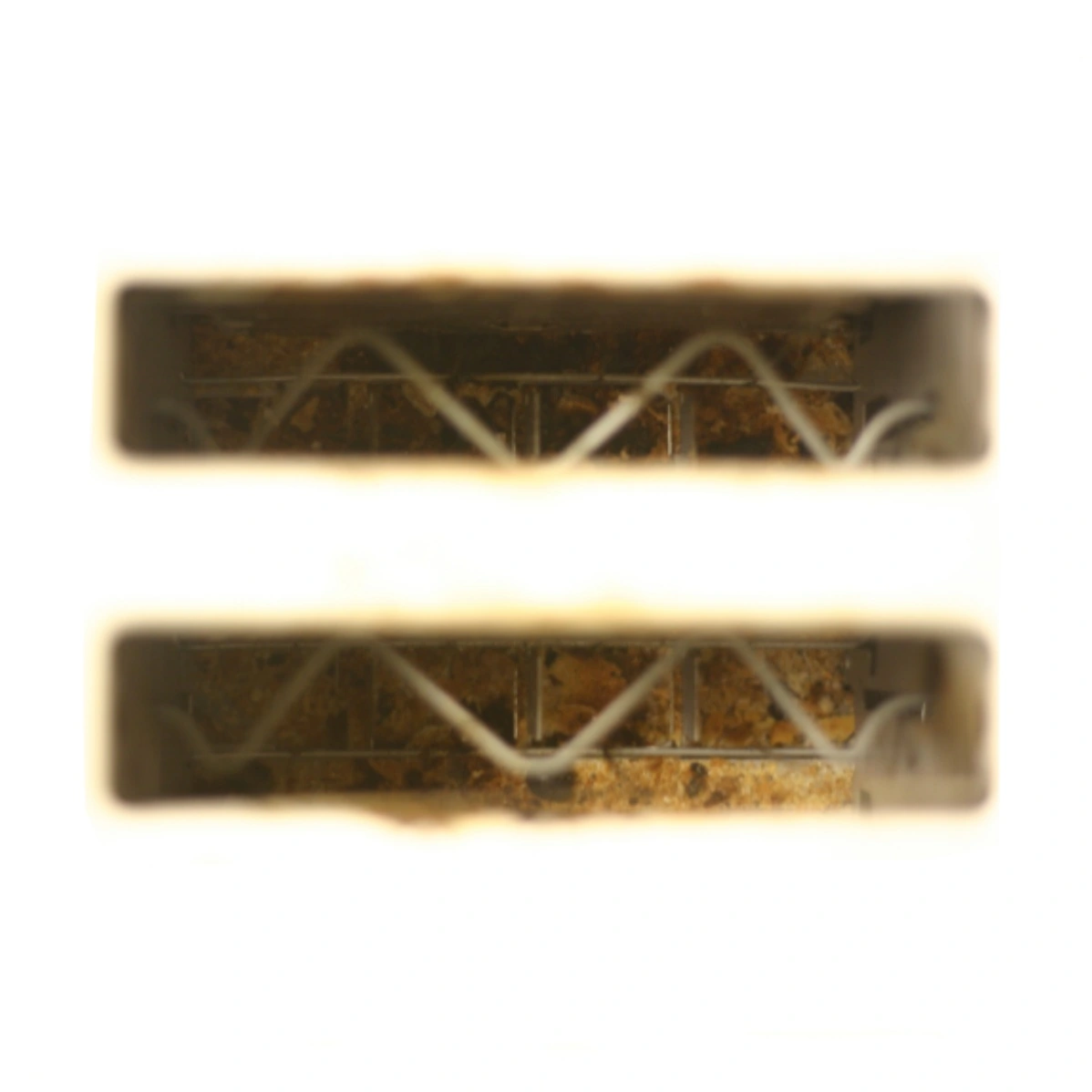The Renogy Wanderer states that it is optimized for 10A, 12V/24V batteries. What would happen if it was connected to a battery pack containing one 3.6V 18650 battery such as this?
Do not do this. The 18650 would promptly catch fire and / or explode.
In theory it could maybe charge a bank of 18650s set up to be 12/24V but the charge controller expects different power characteristics normally seen in lead/acid batteries, so it’ll probably still blow them up. Please use appropriate charge controllers for your batteries, and do not attempt to use the wrong one.
Thank you
Nothing. Those chargers barely work with a battery that’s in the correct range. Even then they’ll shit themselves if the pack gets slightly low and refuse to charge even if there’s plenty of solar to do it with.
Renogy are trash.
It sounds like you’ve had some poor experiences with Renogy. What other charge controllers do you prefer?
I started with epever and they were OK, tried 3 models of renogy because they were recommended and all were hot garbage. Went back to epever and have recently been using Victron. I’d say the Victron are expensive for what you get, but they are bulletproof. If you just want to have a controller you know will work, that’s the way to go. But I have a dozen small pumping stations and fencers, I can’t afford Victron for all of them. The epever controllers are at least pretty reliable.
But Renogy will just fall down and not pick themselves back up. This notion that they’ll go into an error state because the battery is low, then never come back out again until you manually charge the battery up to a voltage they’re comfortable with even if they have plenty of solar power, that’s crap. I went back and forth with their customer support on all 3 that I bought, the response I ended up with always was “well, that’s what they do and we aren’t changing it”. So I put them on eBay and sold them to the next poor sucker. Even when they worked, they seemed wildly inefficient compared to the epever, and miles worse than the victrons.
What would happen if it was connected to a battery pack containing one 3.6V 18650 battery such as this?
There are many reasons why this would not work. The first one is 3.6v is not enough voltage to boot the solar charge controller in the first place.
Perhaps you could tell us what you are trying to accomplish.
Renology Wanderer
There is no L in Renogy.
Note: I do not own any Renogy gear but have had hands on many of their components (including a Wanderer) and found all to work as designed.
I came upon a 10W 12V panel and the aforementioned charge controller for cheap, so I am trying to find a battery to power some of my homelab equipment (doesn’t need to be high availability ofc). I found a local seller of a LiFePO4 Battery which is 12V 9Ah. Seeing as the voltage matches, is this a decent option?
Nominal 12v panel + nominal 12v battery is good, and the Wanderer will charge LiFePO4 with a canned profile IIRC.
Here’s the next hurdle: I’d expect a 10w panel on PWM to max at ~7w under excellent conditions; we could estimate this more accurately better if we knew the panel specs. And the controller will require a certain amount of power to run its own innards. The Wanderer 10A specs say
Self-consumption <10mAbut this may be with the panel[s] disconnected, or when the panels are connected but there is no PV input. Or it may really be <10mA in all cases; not much electronics inside a PWM compared to MPPT. If you do it please report back with what you find.These kinds of challenges are common in very small (experimental, learning) solar setups; when the numbers get larger this kind of challenge largely gets lost in the noise of bigger numbers.
Thank you, this is really useful information. I found the panel specs:

Isc 0.61A
We can ballpark maximal/theoretical harvest by multiplying the bank voltage (Vbatt) by the panel’s short circuit current (Isc).
- Vbatt 10.0v - ~0% SoC = ≤6.1w (Isc 0.61A x Vbatt 10.0v)
- Vbatt 13.0v - ~50% SoC = ≤7.93w
- Vbatt 14.0v - 100% SoC = ≤8.54w
Real world conditions and esoteric concepts like I/V curve fill factor will conspire to depress observed current (A) and therefore observed harvest (W). The quick math to above is just to illustrate how the bank voltage tail wags the PWM dog.
Keep us in the loop about how the project turns out. :-)




